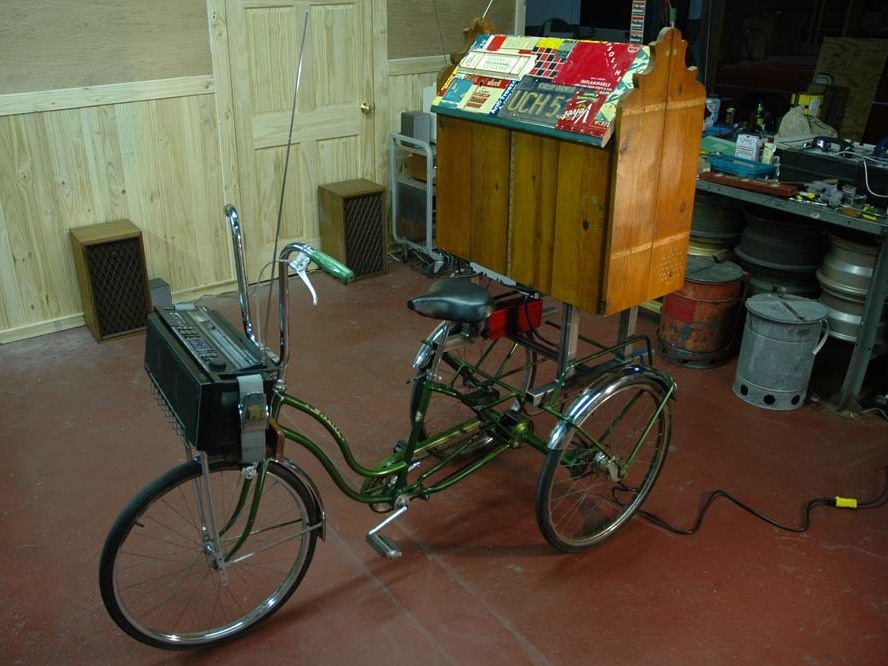Rather than lamenting the slow death of drive-in theaters, I decided to build my own, mount it on an adult tricycle, and take the movies anywhere there’s an AC outlet. Vibrant online communities of DIY projector enthusiasts have ironed out the kinks and built the focal calculator software tools, and they’re building homebrew machines with jaw-dropping results.
The folks at Lumenlab (lumenlab.com) have put together a kit of hard-to-find components to build your own movie projector using a surplus 15″ LCD computer monitor. Rather than scour the web for components that might work, I decided to take advantage of Lumenlab’s engineered solution, their considerable informational build guides, and, most of all, their invaluable forums that include detailed project logs of completed projectors.



